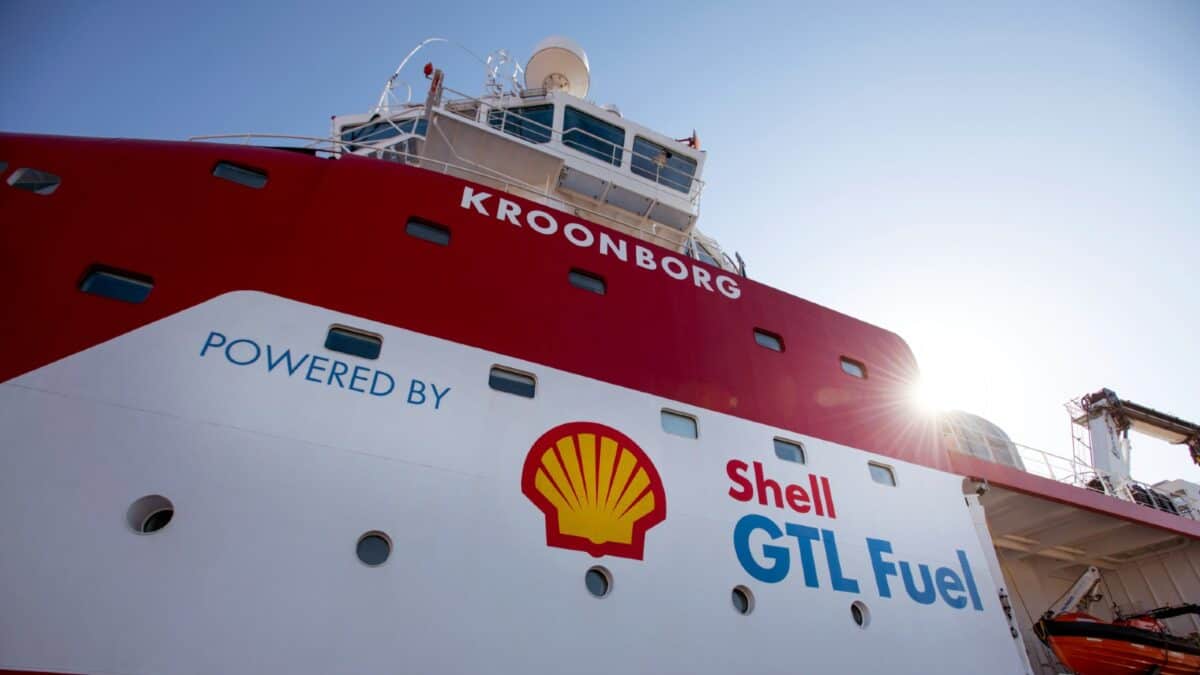At 29 February, changes in the Shell (LSE:SHEL) share price accounted for 8.49% of the movement in the FTSE 100. The oil giant has the largest market-cap of any UK company and therefore has the biggest influence on the index.
It was over a year ago — on 16 February 2023 — that the Footsie recorded both its highest intra-day (8,047) and closing (8,013) values.
Currently, it’s at 7,952 — 1.2% below its peak. Assuming all other share prices remain unchanged, Shell’s would have to increase by 14% for the index to set a new record.
Should you invest £1,000 in Scottish Mortgage right now?
When investing expert Mark Rogers has a stock tip, it can pay to listen. After all, the flagship Motley Fool Share Advisor newsletter he has run for nearly a decade has provided thousands of paying members with top stock recommendations from the UK and US markets. And right now, Mark thinks there are 6 standout stocks that investors should consider buying. Want to see if Scottish Mortgage made the list?
I’ve been taking a look at the company’s prospects to see how likely this is.
Energy prices
Currently, the company’s share price is approximately 6% below its own all-time high, which was recorded in October 2023.
Back then, Brent crude was comfortably above $90 a barrel. Now it’s around $86. But the key Henry Hub wholesale gas contracts were twice as expensive as they are now.
Experts say the fall in gas prices is due to another mild winter in Europe coupled with over-supply in the United States. With storage facilities close to capacity there’s nowhere to put any surplus, so the inevitable outcome is a fall in price.
And this isn’t good for Shell’s earnings. The table below shows the 2019-2023 weighted average prices that it received for its energy supplies. Its adjusted earnings are also included.
| Year | Crude oil and natural gas liquids ($/barrel) | Natural gas ($/thousand scf) | Adjusted earnings ($bn) |
|---|---|---|---|
| 2019 | 42.31 | 3.95 | 16.46 |
| 2020 | 36.72 | 2.99 | 4.85 |
| 2021 | 64.28 | 5.39 | 19.29 |
| 2022 | 90.06 | 10.88 | 39.88 |
| 2023 | 75.12 | 7.40 | 28.25 |
Impressively, there’s a 96% correlation between the realised oil price and the company’s profits. For gas, it’s 98% implying a near-perfect statistical relationship.
So to work out whether Shell can lift the FTSE 100 to a record level, I need to know what the future cost of wholesale energy will be. And to be honest, that’s a bit of a guessing game.
Forecasting the future
The consensus forecast of the analysts covering the company is for adjusted earnings of $24bn in 2024, and $24.6bn in 2025. In their calculations, they’ve assumed Brent crude will be $81.3 (2024) and $79.1 (2025). That’s 7-10% below where it is today.
For gas, these ‘experts’ are assuming Henry Hub prices over the next two years to be $3.26 and $3.73. It’s currently $1.75, considerably lower than these forecasts. Not even the most pessimistic analyst has assumed a price this low.
With spring approaching in the Northern Hemisphere the demand for gas will start to fall. Prices are therefore likely to remain depressed for several months to come. For this reason, I can’t see Shell performing as well as the analysts are predicting. And I suspect investors might react badly when its first quarter results are released on 2 May.
In a nutshell
Due to their dependence on commodity prices, the earnings of energy companies can be highly volatile.
And because of this uncertainty, I’d need a generous dividend to be persuaded to own Shell’s stock. Based on the company’s 2023 payout of $1.29 (£1.02) a share, it’s presently yielding 3.9%. That’s exactly the same as the FTSE 100 average.
However, I think there are less risky shares in the index paying a more generous dividend. I therefore don’t want to invest at the moment.
And in my opinion, I think it’s unlikely that the oil giant’s share price will rise sufficiently in the short term to help the Footsie set a new record.








